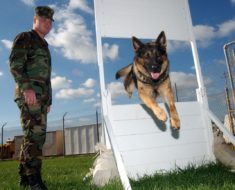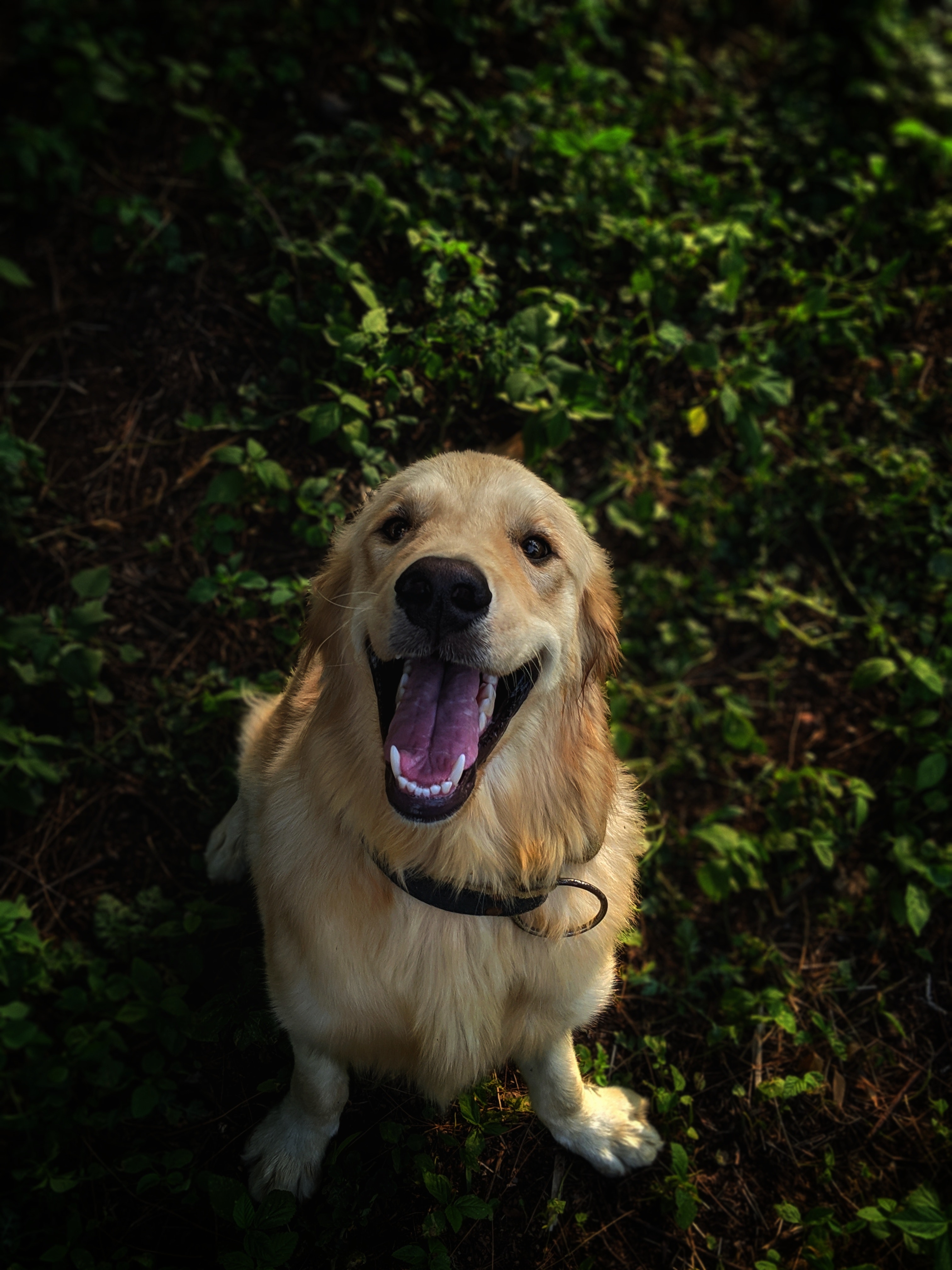
Want to know how to crate train a dog? You’re not alone. Every year, millions of dog owners around the country learn how to keep their dogs in a crate or separate room when they leave the house so they can reduce anxiety, destructive behaviour and barking. It is also a very valuable tool when trying to house break a new puppy and can make your life much easier if your dog insists on sleeping in your bed or on the couch.
The Value of a Crate to a Dog
Whether you’re learning how to crate train a dog or just determining if it is safe for your dog, know that most dogs love their crates. In the wild, a dog will seek out a small, safe space to burrow into that will keep them warm and safe. A crate performs that wonderfully, giving them a safe space that is theirs alone. Dogs that have wide open spaces often have trouble differentiating their “home” from it, and will grow anxious trying to control and patrol the entire space.
How to Crate Train a Dog
Ideally, you will crate train your dog as a puppy. A full grown dog that has never been in a crate will have a harder time adjusting to the small space and may grow anxious. A puppy will also be a bit upset but adapts much quicker, and if the puppy never has the option to sleep with you in your bed, it will likely not have anything to be upset about.
It is best to place the crate in the family room where a lot of people will be. At night, you should put the crate in your bedroom to give them a safe presence nearby. Eventually, after a month or so, you should be able to leave them in one place, but for now, be close to keep them calm and safe.
When you put your puppy in the crate, make sure he has a clean, comfortable place to sleep, a source of water, and a toy to play with. The crate should be only big enough for him to sleep in. If he can walk around in it, he may make a mess in it. As long as the dog can turn around in the crate, it is comfortable for them, and not inhumane.
When learning how to crate train a dog, make sure you don’t pull the dog out of the crate if he gets upset. This will only teach the puppy that if he makes a fuss, you’ll give him attention. Make sure you only take the puppy out of the crate when he has been quiet for at least 5 minutes. Then, greet him with a lot of attention and even a treat to reinforce that he did it right.
At first, try to leave your puppy in the crate for short periods of time – an hour or two at a time. As he grows older, increase that time to match a full night of sleep or a day at work. The means that you start with short duration or small steps and once the behavior is established, you move on to the next larger step. In this case, the larger steps could shift from 60 to 120 minutes to 3 or 4 hours and so on.
If you learn how to crate train a dog properly, you’ll be able to ensure your dog never gets too loud, destructive, or anxious when you leave. A puppy adapts quicker too, which is much less stressful for everyone in the house.



